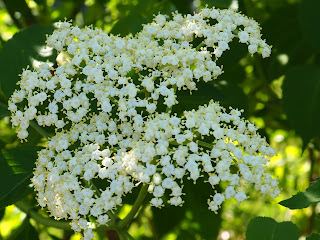April at the Preserve
"Thy petals the soft touch of light
Hath streaked with the sun's roseate ray"
(Halliday Jackson, 1830)
The spring beauty (Claytonia virginica) attracts over 23 species of pollinators, including native bees, honey bees, bumblebees, and flower flies. The pink stripes direct insects to the flower's nectar. The pink filaments also reflect ultraviolet radiation which is visible to insects.
While spring beauty produces generous nectar, flowers such as wood poppy (Stylophorum diphyllum) with earlier ancestors only produce pollen. The intricate partnership between plants and animals has evolved over millions of years, leading to the rise of more complex floral structures.
While spring beauty produces generous nectar, flowers such as wood poppy (Stylophorum diphyllum) with earlier ancestors only produce pollen. The intricate partnership between plants and animals has evolved over millions of years, leading to the rise of more complex floral structures.
 |
| The seeds of wood poppy (Stylophorum diphyllum) are distributed to new locations by ants |
 |
| Small bees and flower flies visit the flowers of introduced Pennsylvania bittercress (Cardamine pensylvanica) on occasion |
 |
| The pink stripes on spring beauty (Claytonia virginica) serve as nectar guides for pollinators |
 |
| False strawberry (Potentilla indica) produces a bright red drupe that looks similar to the fruits of wild strawberries (Fragaria) |
 |
| Mouse ear chickweed (Cerastium fontanum) also attracts flower flies and butterflies such as the chickweed geometer |



Comments
Post a Comment